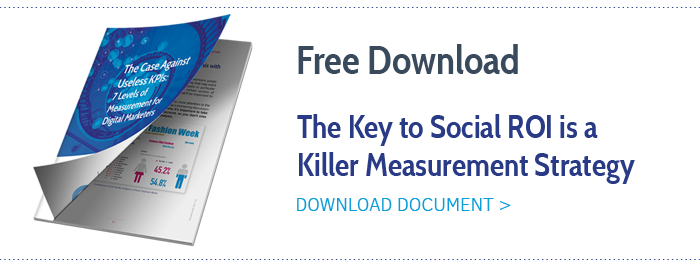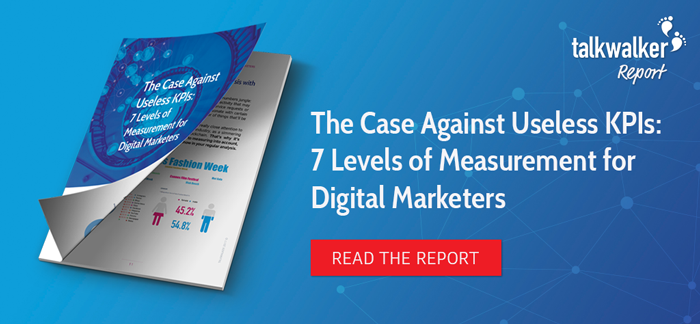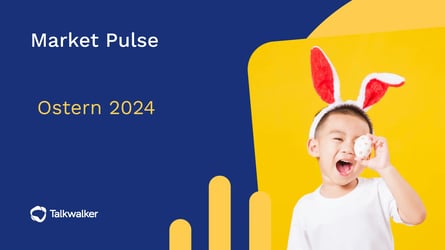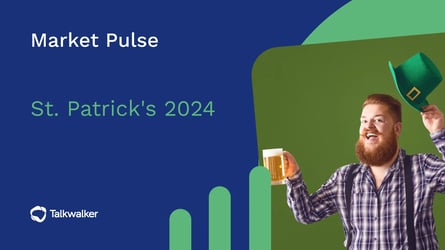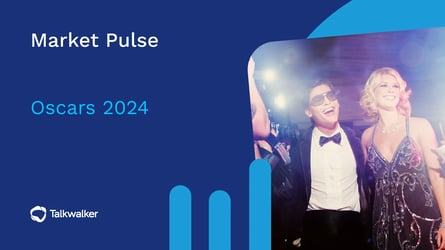- Ressourcen
- /
- Blog
- /
- 7 Essential Takeaways from our Social Measurement Webinar
7 Essential Takeaways from our Social Measurement Webinar
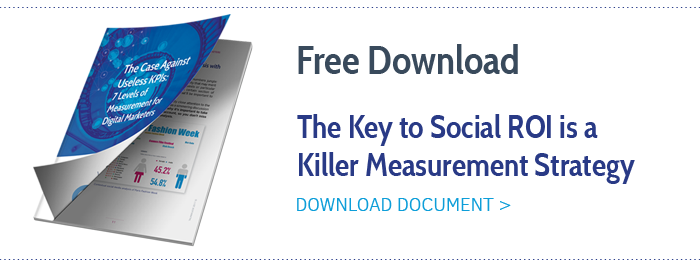
In March, we hosted a webinar on Social ROI, where Samantha Ngo from Forrester and Jonny Bentwood, Chief Innovation Officer at Edelman Intelligence shared some of their inside knowledge on social measurement.
They deep dived on key issues and participants’ questions alike, discussing:
- The three levels of measurement marketers must focus on
- Why you should make competitive intel about the customer life cycle
- Problems businesses encounter when measuring and shifting to the right approach
- What it looks like when “shit hits the fan”
Many participants contacted us because they loved it and wanted to share the recording with their colleagues. So if you’ve missed it - no worries! We’ve got the full video for you below and you can get the accompanying report for free here.
There were A TON of questions from our audience afterwards, showing that measuring the right things is a hot topic on many people’s lists.
Below we’ve highlighted some of the great tips that Jonny and Sam gave throughout the webinar.
1. What to do when you’re lost before even starting
Using a social media analytics tool helps you make sense of the numbers you need. Jonny recommended looking at the volume of mentions or the number of people talking about you in your area or niche, as well as determining share of voice.
But be sure to distinguish between people merely mentioning you vs. entering into a good discussion; look at the quality these people bring. Are the right influencers talking about you? And how extensively are they covering you?
Finally, looking at sentiment tells you what to do next: If a message isn’t resonating, focus on the ones that are and continue to improve.
2. How Edelman increases ROI with a solid measurement approach
When talking about how Edelman Intelligence approaches a measurement strategy, he was very clear from the start.
Bad measurement starts at the end of a campaign and looks only at how it performed. He explained the vital importance of having a solid strategy with objectives in place before you even start your campaign, to stop people just “doing stuff”.
He used the example of Barclay’s, who wanted to know the ROI of a campaign intended to raise brand awareness. The Edelman strategy involved overlaying social data with numerous external data points to show all facets of the campaign impact. This involved looking at mentions, share price, google search volume figures, downloads of white papers and many more.
Measuring at the beginning and throughout the campaign allowed them to find valuable information and adjust the campaign accordingly for a better ROI.
3. Focus on these three levels of measurement
Structuring your measurement approach can help you make the most of your strategy. For this, Forrester proposes a three-tiered system:
- Measuring for content impact, to really see what resonates with your audience
- Measuring for marketing impact, to improve marketing strategy and brand health
- Measuring for business impact, to prove what effect your programs have on the bottom-line
This helps you see what’s important, and when: if you want to gauge the impact of your content, focus on metrics like engagement, follower growth, or post times. At the strategy level, you need to measure against brand health outcomes to show marketing impact, and at the very top level you need to measure to show business impact.
4. Make competitive intelligence about the customer life cycle
When it comes to checking out what your competitors are doing, Sam highlighted the importance of not getting lost in vanity metrics.
You don’t know what your competitors are spending on social, so don’t try to compare apples to oranges. That’s why it’s more important to move past the easy figures and concentrate instead on how you’re both coming up in a specific life cycle stage of your customers’ buying journeys.
That way, your measurement will uncover opportunities to improve the overall marketing strategy, and not be limited to a content impact level.
Keep in mind: how your brand does against competitors isn’t the be all end all for social programmes. For your brand, it’s far more important to be better than last month, and not just better than your competitor.
5. What it looks like when the “shit hits the fan”
Jonny talked about different ROI scenarios during the webinar, at one point asking participants: how would you put an ROI on a crisis?
But maybe it’s better to look at the cost that CEOs would pay to avoid such a crisis, and this is where the “shit hits the fan” graph comes in.
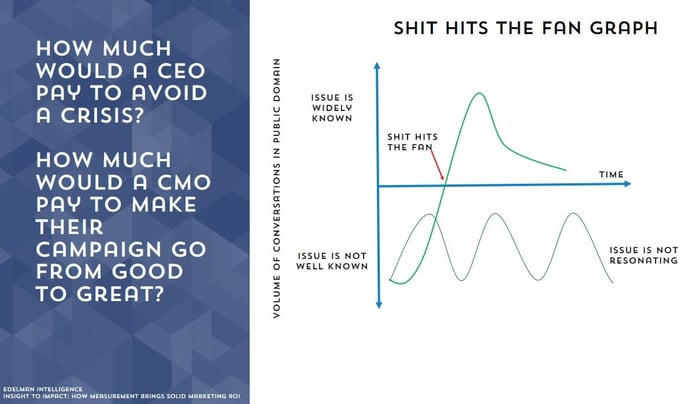
Credits: Jonny Bentwood, Edelman Intelligence
An issue that never hits a wider audience just stays in the “not well known” part of things. But when something happens that really goes off, as indicated above in green, there will come a point (in Jonny’s experience, usually at 3 o’clock on a Sunday morning), where shit hits the fan.
For brands it’s critically important to set up alerts before this point, in order to be properly notified and so that something can be done to avoid the worst of it.
6. Measuring shouldn’t justify a job already done
When asked about the typical problems that businesses encounter with measurement, Jonny circled in on a big issue: many marketers are trying to justify a job already done, instead of measuring things right from the beginning to improve an ongoing campaign.
When you’re planning a campaign, it’s vital to think of objectives before and measure throughout the duration of the campaign. That’s the only way you’ll be able to step in an adjust to create a higher return on invest for your social programs.
7. You need to be close to influencers (the right ones!)
This is something that came up again and again throughout the webinar. If your goal is to generate revenue and you want to grow your business, it’s essential for you to find out if the right people are talking about you, and how extensive the discussion around your brand is. Jonny recommended overlaying social mentions with Google Search trends, zeroing in on the right influencers and finding the channels where those influencers are.
A good way to keep track of how well this is working overall is benchmarking your campaigns against previous ones to dig deeper into what resonated with influencers and moved them to speak up in your favor.
I hope you've gotten some useful tips on how to improve your own strategy. If you have any additional questions about social measurement, don't hesitate to contact one of our expert consultants today.

